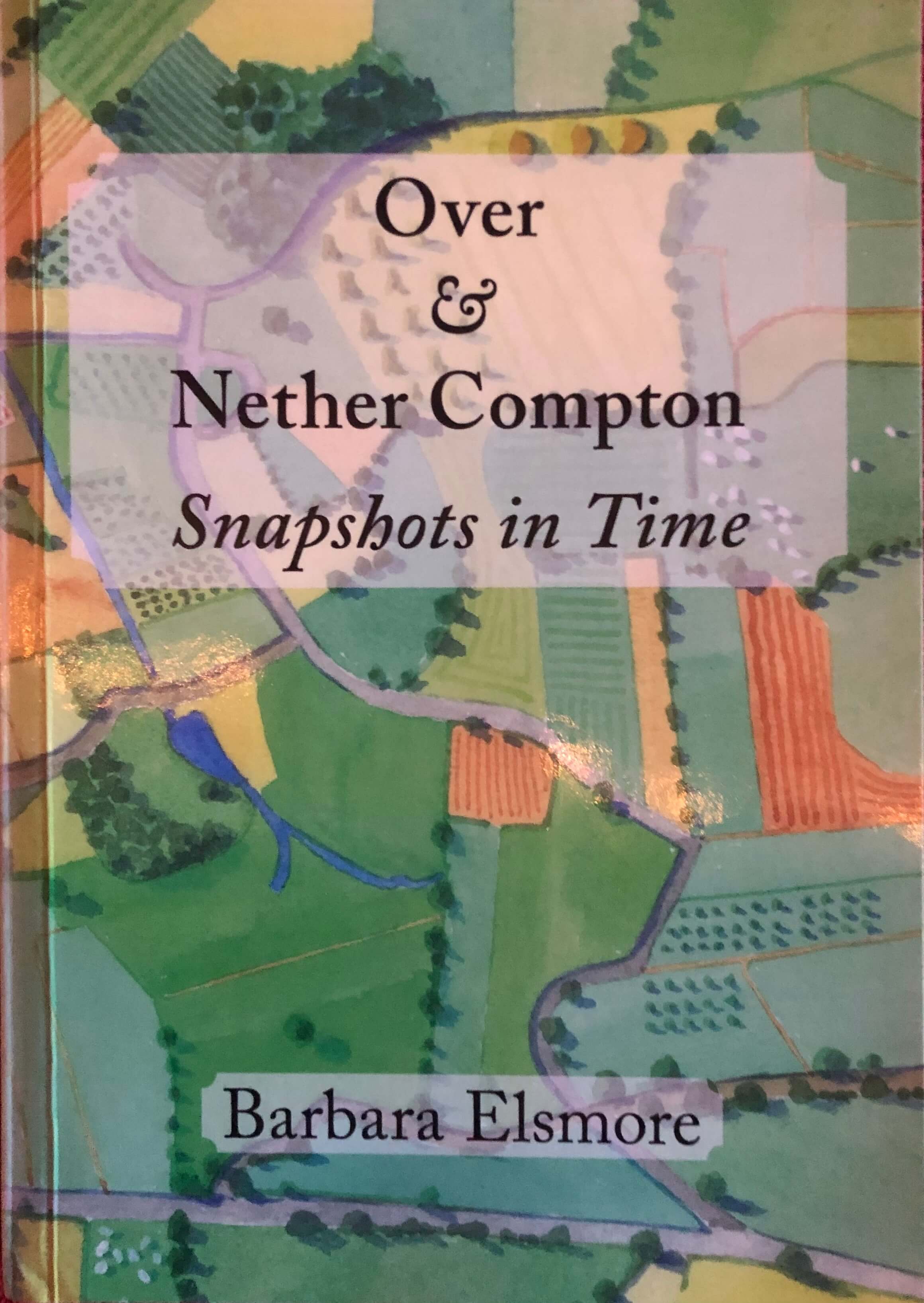Not that long ago, we wrote about our family history narratives in Family History as a Narrative and briefly in Family It’s What We Talk About. Not long ago I received a book from a friend. Our friend wrote a bit of her family history as a narrative in Over & Nether Compton Snapshots in Time. It focuses on the villages of Over Compton and Nether Compton in Dorset, England not far from Yeovil and Sherborne. It covers the years 1862 to 1953. While the period covered is nearly one hundred years, it is detailed, informative, and entertaining and fills an entire 200+ page book.
The book is marketed at the store of the Somerset & Dorset Family History Society:
From midway through the reign of Queen Victoria, to the coronation of Queen Elizabeth II, the many changes affecting the way of life in Over and Nether Compton are explored.
Life is viewed through the eyes of members of the Collings family, so told as a story, who lived and worked in Nether Compton over four generations as they witness the changes that reveal how the villages appear to today’s resident and visitor.
As the synopsis above so aptly describes, and as you would expect from a family history narrative, the book is not a report. It is a story told through the eyes of ancestors. Still it includes details, dates, locations, and names associated with events that you would find in a family history report. But instead of reporting the data directly we read plot lines, interactions between characters, illness, goals and desires, and plans for the future.
The book is structured by chapters which concern an individual or couple. Here is a look at a bit of the table of contents:
| Solomon and Mary Collings | 1862-1869 |
| George and Fanny Collings | 1869-1902 |
| Arthur Collings | 1902-1908 |
| Arthur and Mabel Collings | 1908-1929 |
| Arthur Collings | 1930-1933 |
| Arthur and Rose Collings | 1933-1942 |
| Ralph and Elaine Collings | 1942-1953 |
Within each chapter further sections are identified by the year the section addresses and sometimes with additional sub-headings such as “The Signing of the Apprenticeship Form.” An example of the story-telling from that section:
Solomon woke with the sound of the early train chuffing on its way to London. It was five in the morning and today was an important day, he was taking George into Sherborne to meet with Mr Jelfs as they were to sign George’s apprenticeship form. Since that first meeting with William Hull, Solomon had taken George along and he chatted to Mr Hull while young Mr Hull took George into the workshop, no doubt to test him out. Solomon and the rest of the family had now met with members of the Hull family outside the church in Nether Compton following the Sunday morning service. It was customary on fine Sunday to congregate and talk to your neighbours and so the Hulls and the Collings had begun to get acquainted. Solomon hoped his son was acquitting himself well with young Mr Hull and he stood tensely with one eye on the gate awaiting their return. Soon they came into view, George clutching his cap to his chest looking a little pink in the cheeks, but he was smiling. As they approached young Mr Hull said, “Yes, we can take him on, and I will arrange for the papers to be drawn up and we will meet at Mr Jelf’s office.”
This paragraph is riddled with historical facts including names, locations, and events. There is a record of George’s apprenticeship with Mr Jelf. George meets other young men who are apprenticing with Mr Jelf, and they form lasting friendships. They are neighbors and can be found in census records as provided in the book, and of course they appear repeatedly upon various circumstances in the book.
In this blog post Family History as a Narrative I discuss some of the components of a family history narrative including general histories, local histories, maps, and photos. Barbara includes all of the elements in her book. There is a photo section, some sketches, and even a map insert. The narrative includes all manor of historical information related to the ancestral people as well as important local and national people.
Our friend’s book is focused on her family from Over Compton and Nether Compton. She writes the story that includes the facts that one might expect in a genealogical report, but it’s not simple or dry. She writes a narrative that is she populates with the facts. A popular axiom for writers is ‘show don’t tell.’ That concept drives the narrative in our friend’s book. Check it out if you are so inclined. It is an enjoyable and informative read.
Let us know if we can help you
If you need any help finding your ancestors, just let us know.


